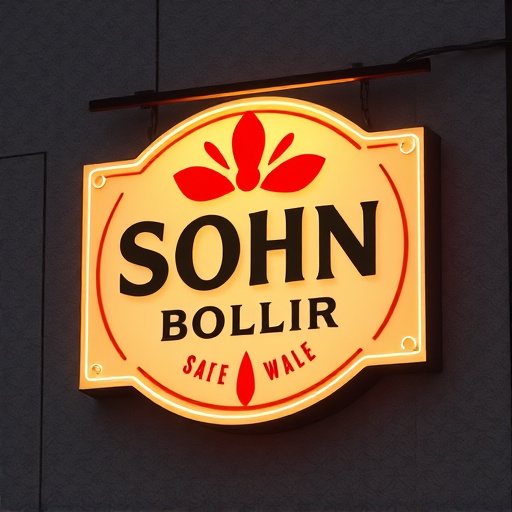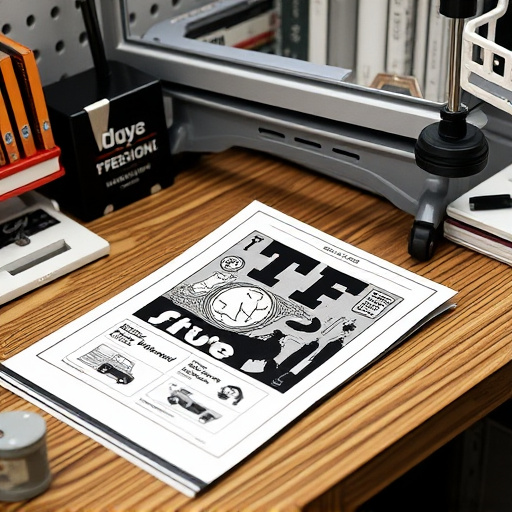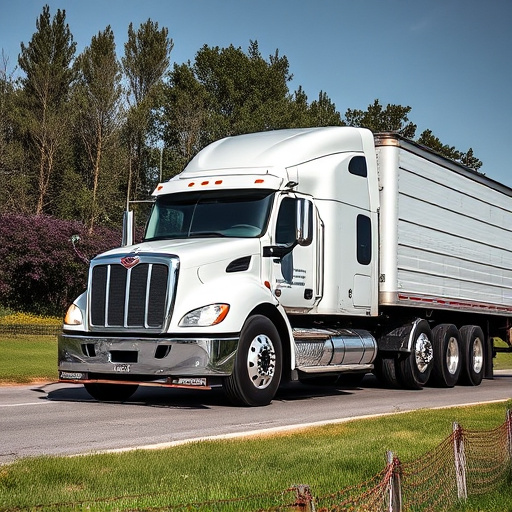In competitive markets like automotive care, businesses must strategize pricing based on demand, trends, competition, and customer preferences. They can differentiate through premium services, eco-friendly features, or superior quality, justifying higher prices. Lowering prices strategically attracts cost-conscious consumers, while timing price adjustments with market conditions maximizes revenue. Effective communication during promotional campaigns builds customer trust and loyalty around competitive pricing strategies.
In competitive markets, setting the right price is a delicate balance. This article explores the art of navigating market dynamics to make informed pricing decisions. We delve into the factors influencing price strategies, providing insights on when to raise or lower prices to stay competitive. From understanding consumer behavior to analyzing rival moves, this guide equips businesses with essential tools for successful competitive pricing. Discover effective strategies that can enhance profitability and market position.
- Understanding Market Dynamics: Factors Influencing Pricing Decisions
- Strategies for Raising Prices in Competitive Markets
- Lowering Prices: When and How to Implement for Success
Understanding Market Dynamics: Factors Influencing Pricing Decisions

In competitive markets, understanding market dynamics is crucial for making informed pricing decisions. Several factors influence how businesses set prices for their products or services, especially in highly contested sectors like automotive care. For instance, considering the demand for a service like window tinting or premium automotive services, companies must assess whether to raise or lower prices. High demand often justifies premium pricing, as customers are willing to pay more for specialized uv protection. Conversely, in periods of low demand, businesses might opt to lower prices to attract customers and stimulate sales, a strategy that could be particularly effective in competitive landscapes.
Market trends, competitor pricing strategies, and customer preferences also play significant roles. Monitoring competitors’ price movements is essential; if a business’s neighbors offer similar services at different price points, it can signal an opportunity to differentiate or adjust pricing accordingly. Additionally, keeping an eye on evolving customer expectations and the latest market trends ensures that pricing decisions remain relevant and competitive. For example, as environmental consciousness grows, eco-friendly uv protection features in automotive services might become a selling point, allowing businesses to charge a premium for these added benefits.
Strategies for Raising Prices in Competitive Markets

In competitive markets, raising prices may seem counterintuitive, but it can be a strategic move to boost profitability. One effective approach is to differentiate your products or services through enhanced quality, unique features, or superior customer service, allowing for a premium pricing strategy. For instance, offering advanced vehicle protection packages that include paint protection film and window tinting can justify higher prices by appealing to customers seeking top-tier safety and aesthetics.
Additionally, understanding market demand and elasticities is crucial. During periods of high demand and inelastic supply, firms can raise prices without significantly losing customers. This is often observed in industries like automotive aftermarket products, where the need for vehicle protection and customization remains consistent even as prices increase. Thus, strategically timing price hikes with market conditions can optimize revenue and sustain competitive edge.
Lowering Prices: When and How to Implement for Success

In competitive markets, lowering prices can be a strategic move to gain an edge and attract cost-conscious consumers. The decision to reduce pricing should be informed by a deep understanding of your target audience, market trends, and direct competitors’ strategies. It’s crucial to assess if price reduction will significantly impact your profit margins while ensuring you remain competitive. Lowering prices can be particularly effective during off-peak seasons or when introducing new products—it creates a sense of urgency and encourages purchases.
Implementing lower prices successfully involves enhancing the overall customer experience. Ensure that reduced pricing is communicated clearly through promotional campaigns, custom graphics, or even vinyl wraps on marketing materials. For automotive services like professional PPF (Paint Protection Film) installation, highlighting the value proposition alongside lower prices can build trust with customers. This strategy not only drives sales but also fosters long-term loyalty by demonstrating a commitment to offering competitive pricing without compromising quality.
In competitive markets, navigating pricing strategies is an art. By understanding market dynamics and consumer behavior, businesses can make informed decisions. Raising prices can be a powerful move to maximize profits, but it requires a keen eye for timing and unique value propositions. Conversely, lowering prices can attract customers and gain market share, especially when combined with strategic promotions. Ultimately, successful competitive pricing involves balancing risk and reward, ensuring long-term sustainability and profitability.














